Puedes leer este artículo en castellano aquí
The Cobot team is proud to highlight the vibrant, diverse, and remarkable Latin American coworking scene. This series of articles uncovers the character of coworking across the American continents.

Coworking in Mexico
Capital: Mexico City
Population: Urban: 8.9M / Metro Area: 21M *
Number of coworking spaces*: 110 in Mexico City / 271 in Mexico *
Average monthly coworking rate*: $273 / month (MXN 5,500 / mes)
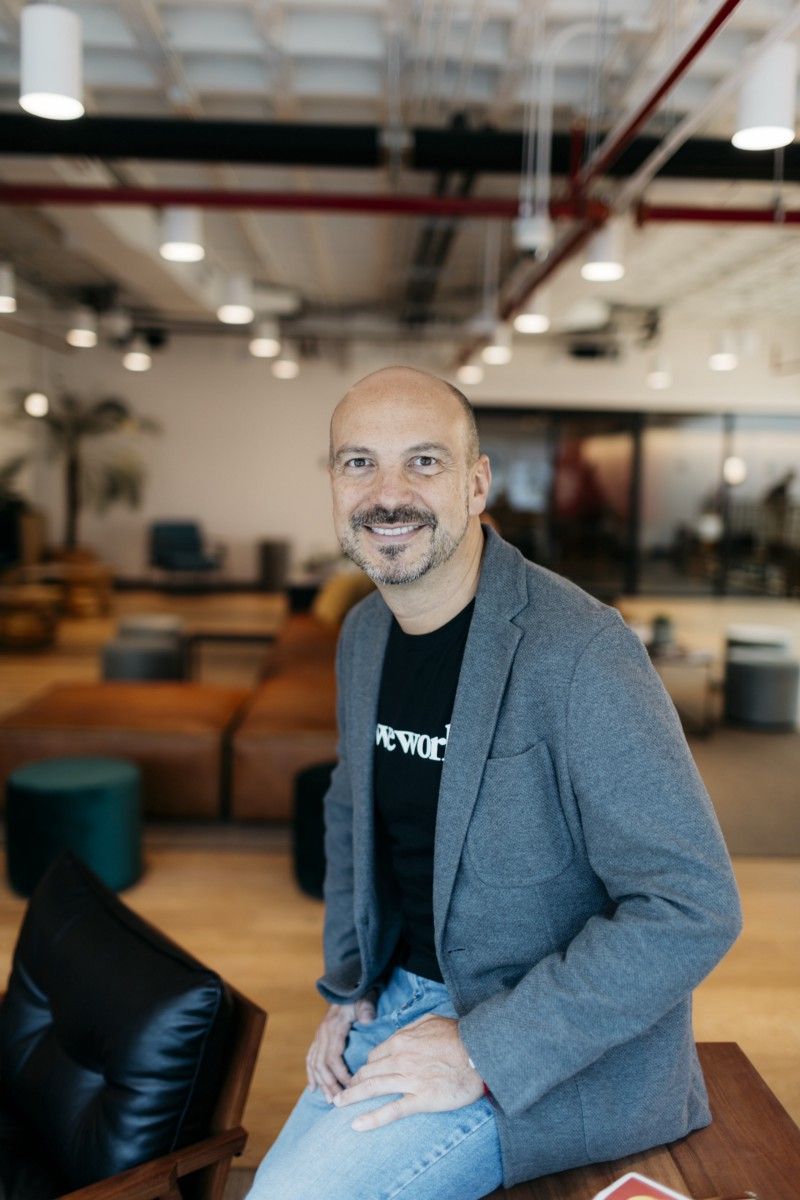
“I want to work here.” This is the answer to the question that we asked Jesús Grovas, Public Affairs Manager at WeWork Mexico: How did you feel the first time you stepped into WeWork?
Jesús only joined WeWork last July, but when he talks about the company, his philosophy, and his dedication, we can see that WeWork’s ethos has affected him deeply. We were fortunate to hear his thoughts not only on WeWork, but also on the Mexican and Latin American coworking scenes.
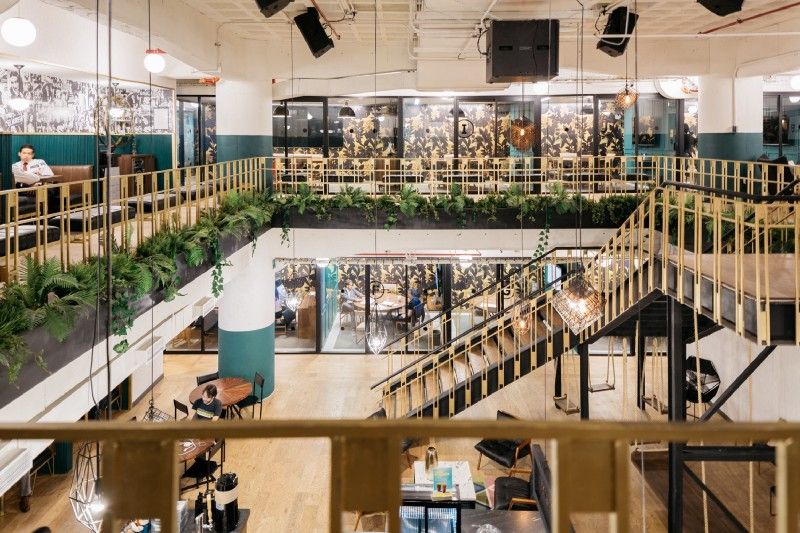
WeWork operates globally, which gives them a unique vantage point to assess the similarities and differences between Latin American markets. Jesús tells us that WeWork currently operates in 83 cities and 24 countries, so their space solutions respond to global needs; they’re not limited to a single market, or to Latin America in particular.
However, in many regards, WeWork does adapt their spaces to the local culture. “In the case of Latin America, we let the architecture team know that we live differently at these latitudes; we need a kitchen meant for heating food, we need an area where we can eat and socialize. These small differences are because culturally, we prefer to eat hot dishes and do it in a group, while in the United States you opt for a cold sandwich to eat at your own desk.” Likewise, he adds, “the events are also designed with a tropical mindset,” WeWork adapts them to the tastes and local character of each space.
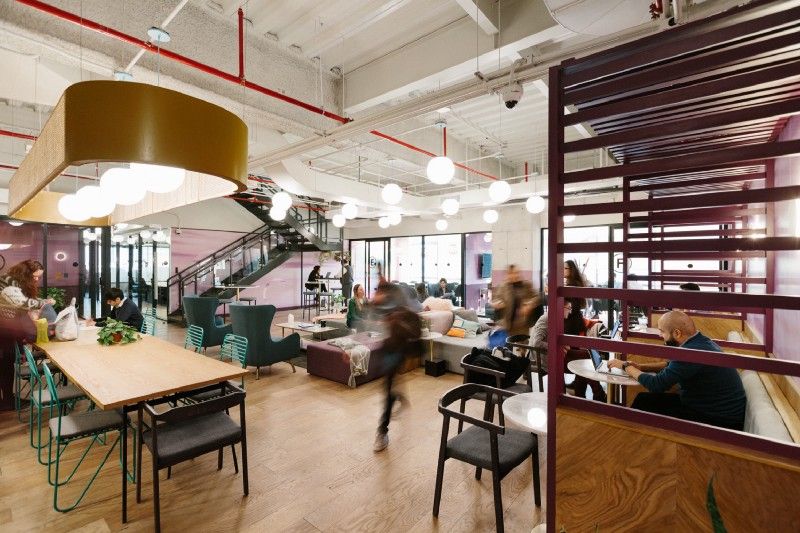
Another aspect in which WeWork showcases local culture is in their art selection. It is satisfying to see a multinational company continue to include works from local artists in their spaces. This is one of the characteristics that has accompanied coworking spaces since the beginning (don’t forget that WeWork was founded in 2010).
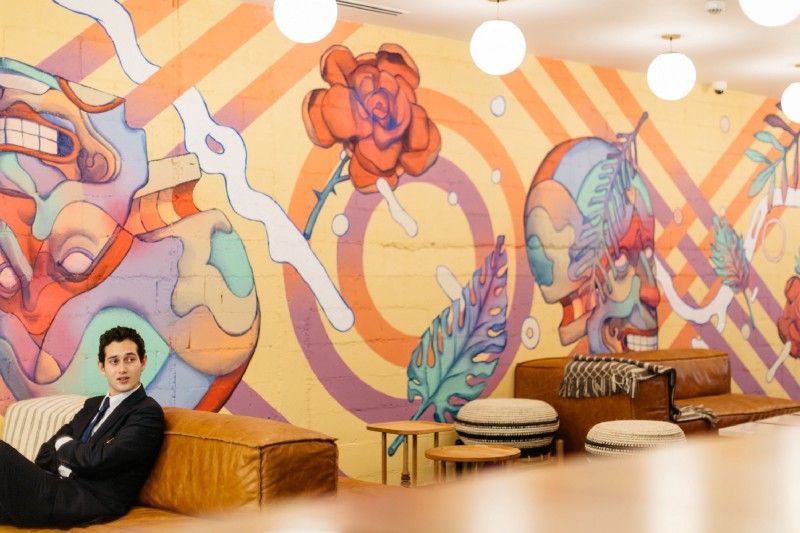
WeWork’s approach to coworking is very similar to that of other spaces: eliminate all the burdens involved in office work, so that members can concentrate on their work and connect with each other, establishing and strengthening relationships that help them increase their business volume. However, the reach of WeWork means that they operate on a much different scale. They have a community of more than 320,000 members and an app that allows members to offer or request services. To this day, Jesús tells us: “40% of the members say they have collaborated with another member of the community.”
“When we got to know WeWork, I understood immediately why millennials did not adapt well in my previous work and what environment they were looking for.” This generation developed a new way of working, one that inspires and invites you to create.
This topic soon led to one of the most unexpected aspects of our conversation: how WeWork verbalizes the philosophy behind the design of all its spaces. Jesús told us of the desire to “generate an environment that reduces the distance between being at work and being at home.” If we take a moment to think about it, all coworking spaces strive to create spaces to work and interact in a relaxed way, but it’s rare to find a member’s home used to describe the characteristics or spirit of this design. Coworking veterans reading this might still remember the mantras we used ages ago, when we tried to convince freelancers to ditch their home offices and join a coworking space. I can’t say whether this development is good or bad, but if WeWork is pitching themselves as a way to “to reduce the distance between being at home and at work,” maybe we should update our mantras. Or at least be aware that they should, perhaps, be revised, as the WeWork method seems a fairly effective and direct way to communicate the coworking philosophy.
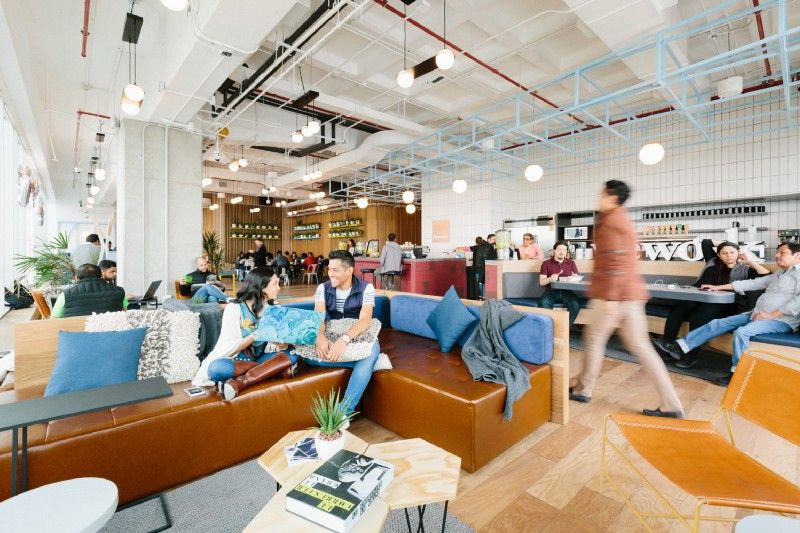
Some of the challenges of living and working in a place like Mexico City, such as commuting or shuttling between meetings, play to WeWork’s strengths, as they offer their multiple locations within the city as a solution. On the other hand the different spaces have features tailored to the character of each location: “In Colonia Juárez, a hipster area, the spaces are pet friendly and we have parking for bicycles and motorcycles, while in Santa Fe, an area with a corporate profile, we have a greater number of parking spaces.”
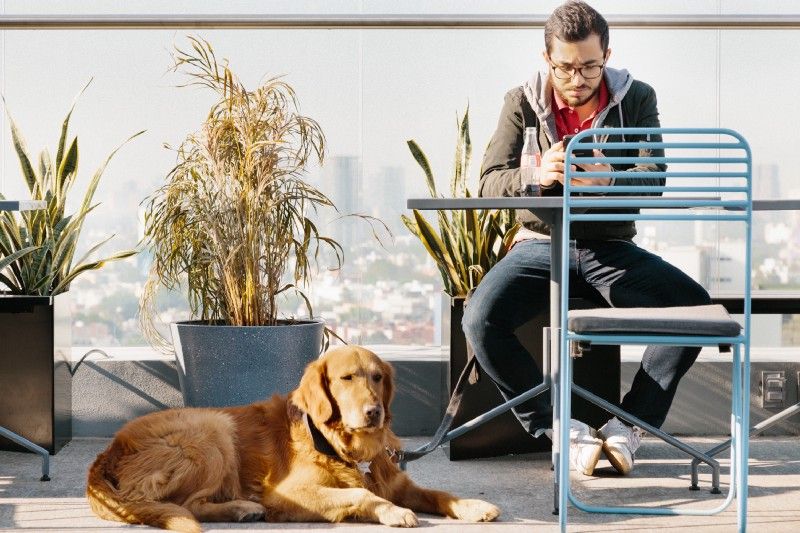
Although thanks to the work that other spaces did before WeWork entered the Mexican market (and the work they’ve been doing since), Jesús tells us that there is still a long way to go: “We are very surprised with the responses we get. Many people do not understand what coworking is, and much less what WeWork is.” However, coworking has reached a point in Mexico where flexible workspaces are suitable not just for entrepreneurs or creators, but large companies such as Santander Bank, who now locate their innovation departments in coworking spaces.
“One of the things I like to do most is to travel to the different WeWork buildings and talk to the staff who works with our members on a daily basis. I love when they tell me stories of success,” he explains with a smile. From there, Jesús’ team is in charge of giving visibility to the members and reflecting the stories forged in WeWork. “I also obtain first-hand feedback and the opportunity to fix defects or improve anything that isn’t working,” he says with a smile.
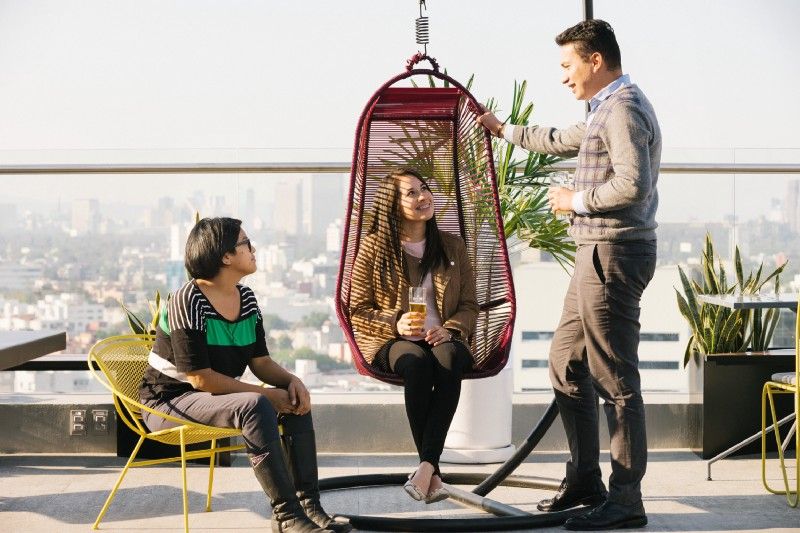
“A new way of working, innovation that works well and breaks down barriers; this way of working is the future.” This is how Jesús Grovas answers when I ask: “what is coworking for you?”
We like vibrant coworking in all its shapes and sizes. If you visit Mexico City and you want to try a tropical version of WeWork, visiting their space in Colonia Juárez is a great option.
Cobot helps coworking businesses around the world effectively manage their spaces. You’ll find that our features can help you run your coworking space more efficiently and grow a healthy, and happy, community. Want to try it out to see how Cobot can help you automate your daily administrative tasks? Just sign up for a free trial or a live demo session and reach out to our support to learn about our available discounts.



